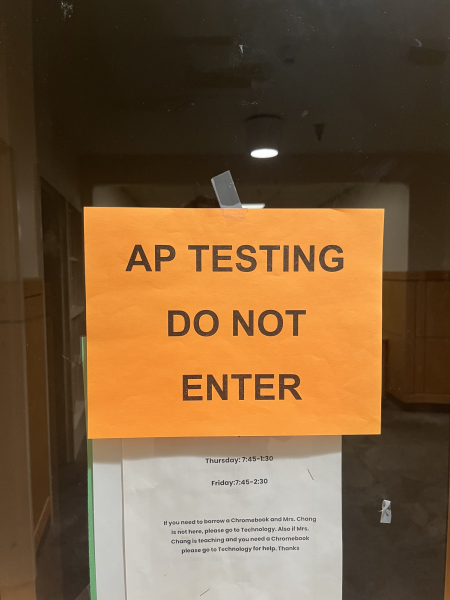Music in Classrooms: 2x+2y= ♫
We live in a society where technology is constantly advancing. There’s always new gizmos and gadgets that steal our attention. There is always a new update or a new brand of something. We also live in a world where we are surrounded by music. Music plays a huge role in human lives. We hear music on the radio, on commercials, at concerts, Ipods, and more. Music influences who we are. But what are people’s perspective on music when we apply it to school matters? In Ipswich High School, the majority of students carry around these music devices. The policy is that they’re only granted in a classroom for use when a teacher allows so or when you are in the cafeteria. But what if these devices are more of a learning device than a distraction?
Upsides of music being more frequent in classrooms is that it creates a positive learning environment and a more pleasant atmosphere. It also can energize learning activities and focus your concentration. Music is something that keeps life interesting and keeps your mind creating and building more thoughts. Music has an impact on your mood and can influence the way you act. Some of the downsides of music is that sometimes it can become a distraction to others. Yes, for some it enhances concentration, but for others, not so much. It can lead to procrastination and all of a sudden someone’s entranced in the sound and are having a full on jam session.
Senior, Morgyn Kivekas, who loves to listen to music, calls music “a distraction”; she continues on to say, “If I’m listening to music, I’m concentrating on lyrics instead of what I’m supposed to be reading or doing.” Morgyn also isn’t a fan of teachers playing music in the classroom and instead she prefers, “a peaceful and quiet environment over loud and rambunctious.” When listening to music in a more athletic environment it helps her get more energized, pumping her up for other activities. In academic situations, she claims that, “If listening to music is a way of someone concentrating, I find that fine. Only if it’s at a respectable volume so it will be unable to distract others.”
I decided to move this interview to an adult and teacher of our very own high school. That teacher happened to be, art teacher, Mrs. Pepe. Interviewing someone who is invested in the art department sounded like a good idea, because music can bring inspiration to what people create. It can make you feel something and feeling something is part of creating masterpieces. Bringing emotion to your work plays a big part in the arts. If you didn’t know, Mrs. Pepe plays music on her computer for everyone to absorb. The fact that she plays music out loud, so everyone in the room can hear can create a, “unifying benefit where class participation is appreciating a common mood or tone.” she goes on to say “Some kinds of music can elicit humor, concentration, calm behavior or even emotional stability.” Like with all people, art has a certain kind of taste. With certain music, you get a certain outcome; “fast moving messy paper mache requires minimal concentration, but a simple ceramic free form exercise that requires a lot of close observation would most often benefit from ambient sound.”
Music can be good depending on the certain setting you’re in. Everyone learns by using different tools. If a student is in class and wants to listen to music to get them focused, why should they be denied of it if it can help them improve on their work methods? I personally think the right of music should lay more in the hands of the students, but the teacher should have the right to tell the student to turn it down if it’s creating a problem with others. Teachers have the right to know what is occurring with these devices, but students should also get the opportunity to learn in their own productive ways.




